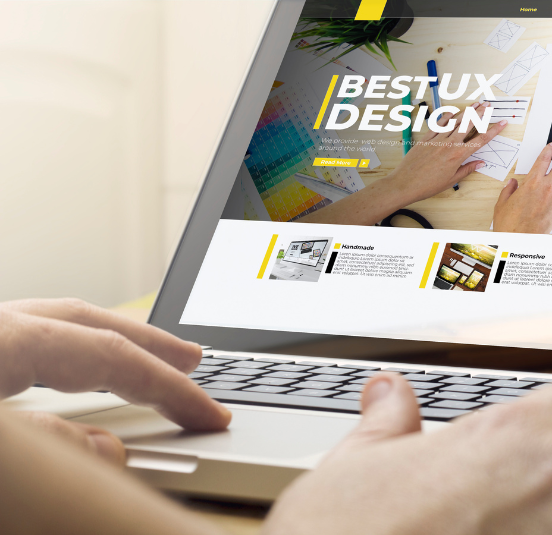What is UX design?
UX stands for user experience. It’s all about designing how a person interacts with a product, service or system, making sure that experience is intuitive, smooth and aligned with what the user wants to achieve.
It’s not the same as UI (user interface), which is focused on the visual and interactive elements. UX covers the full journey from research to wireframes, prototypes, testing, and ongoing improvement. It’s a mix of psychology, design thinking, and human-first problem solving.

What does a UX designer do?
UX Designers research, design and test digital experiences, often for websites, apps or software. They aim to understand the user’s needs, behaviours and pain points, and design solutions that meet those needs in a way that feels natural and satisfying.
Key parts of the role include:
- Conducting user and market research
- Creating user personas and mapping out user journeys
- Structuring content and features (information architecture)
- Designing wireframes, mock-ups and interactive prototypes
- Testing with real users and refining the design
- Collaborating with developers, product managers and marketers
- Ongoing optimisation of the experience based on feedback and data

UX designer responsibilities
Typical day-to-day tasks include:
- Researching users and analysing competitors
- Defining and documenting the user journey
- Creating personas, wireframes and storyboards
- Designing prototypes and conducting usability testing
- Translating findings into design improvements
- Collaborating closely with UI designers and developers
- Monitoring product performance and improving it over time

UX designer qualifications
Most UX Designers have a bachelor’s degree in a related field like:
- Visual or Graphic Design
- Interaction Design
- Computer Science or IT
- Psychology or Human Behaviour
However, many enter the field through bootcamps, online certifications, or hands-on project experience. A strong portfolio and understanding of UX principles can be more important than formal education especially for freelance and contract roles.
Some senior roles may favour candidates with a master’s degree or significant commercial experience.
UX designer career path
There’s a clear growth path in UX, starting from junior roles and progressing into senior leadership and strategy.
Entry-level Roles:
- UX Design Assistant
- Junior UX Designer
- UX Researcher
- UX Apprentice
Mid to Senior-Level Roles:
- UX Designer
- UX Lead
- UX Project Manager
- UX Manager
Leadership & Strategy:
- UX Director
- UX Strategist
- Head of Experience Design
- Chief Design Officer (CDO)
Career progression often includes specialising in areas like UX Research, Interaction Design, or Service Design.
Who does a UX designer report to?
It depends on the size of the company.
- In small organisations, UX Designers may report directly to a Product Manager or Head of Digital.
- In larger teams, they typically report to a UX Manager, Design Lead or Head of Experience.
- In enterprise environments, UX may sit under Technology, Product or even Marketing with cross-functional collaboration as the norm.
Regardless of structure, UX Designers regularly work with developers, product teams, data analysts, content creators and customers.
Common UX Terms
Here are some common UX design concepts you might come across:

